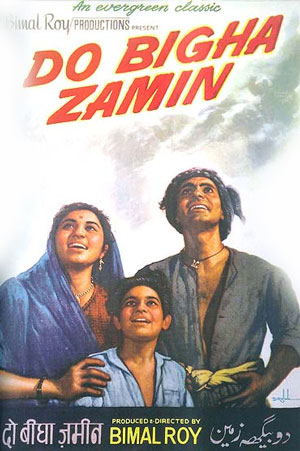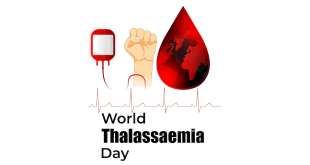Leftist thinkers
Through IPTA, Sahni entered the circle of Leftist thinkers, writers and artists and became an associate of Khwaja Ahmad Abbas, Munshi Prem Chand, Salil Chowdhury, Tripti Mitra, Badal Sircar and others. He acted in plays created by IPTA members, but found he had limited audiences for the messages that were important. IPTA also started making feature films. The first IPTA production, Insaaf, in which Balraj performed failed. IPTA moved to Calcutta for the next production and made Dharti Ke Lal in 1946. The film was directed by K.A. Abbas and narrated the real story behind the Great Famine of Bengal in which more than one million poor people died of hunger.
In 1947, Balraj lost his wife Damyanti to death. It was the first big loss that he suffered. His relatives suggested he remarry for the sake of his small children and he married one of his cousins, Santosh Chandhok. But Balraj did not forget the famine. He became more determined to use the medium of cinema to move further into the masses and kept a minimum time devoted to working amidst labour and peasants. During the shooting of the film Dharti ke Lal, Balraj Sahni came to know more leftist artists working in Calcutta. His associates in IPTA were equally involved in theatre and pamphleteering and Balraj eked out a small living from these activities.
Do Bigha Zameen

In 1952, when the first International Film Festival was organised, Balraj was also present in many of these film shows. Some of the film themes fortified his resolve to engage with meaningful cinema. Salil Chowdhury, also from the IPTA repertoire, wrote a short story and Balraj was asked to play the main role of a farmer who had to abandon his fields due to poverty and move to Calcutta to work as a rickshaw-puller. The film was Do Bigha Zameen.
Balraj practised for a whole week to perfect the style of pulling the rickshaw properly and in the crucial scene he also got injured. This film rode to a silver jubilee run, and won at the state awards. It was shown in 1955 to Marshall Stalin in Moscow, who was less impressed and called the film, “a pseudo-socialist documentary”. The remark hurt Balraj who expected a more sympathetic observation from his communist icon.
The 1950s saw Balraj portraying varied roles. He was associated with some silver jubilee or important films, like Seema (1954), Aulad (1954) Pardesi (1957), Sone ki Chidiya, Kathputli (1958), Choti behan and Satta Bazaar (1959). Pardesi, an Indo-Soviet film production anchored by K.A. Abbas, despite being in colour and cinemascope, failed to impress the Indian audiences but had a good commercial run in Soviet Russia.
 Kids Portal For Parents India Kids Network
Kids Portal For Parents India Kids Network







